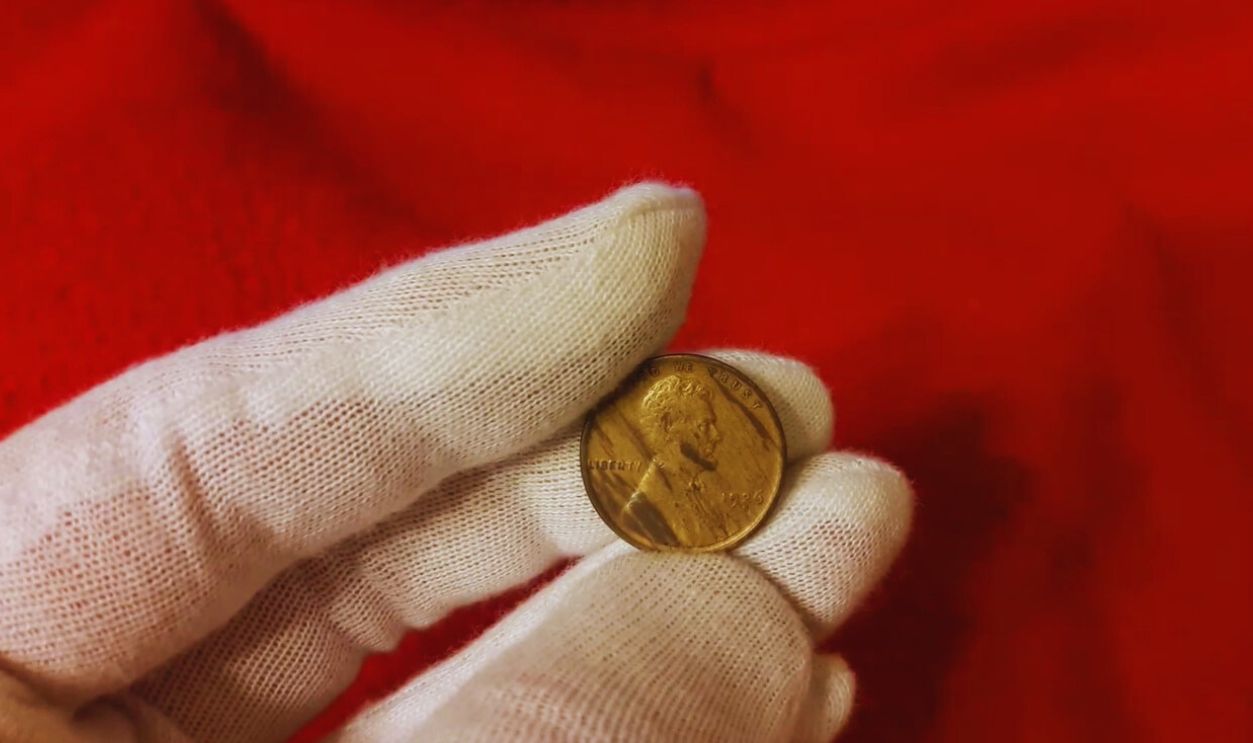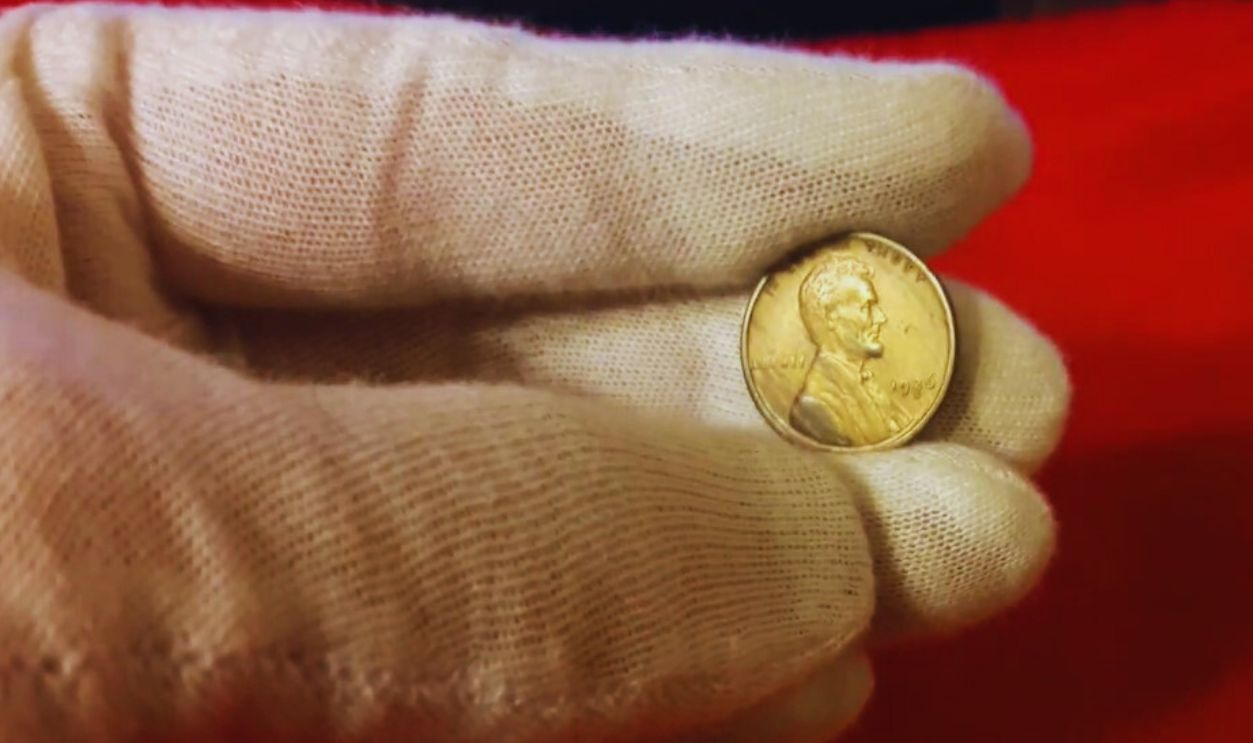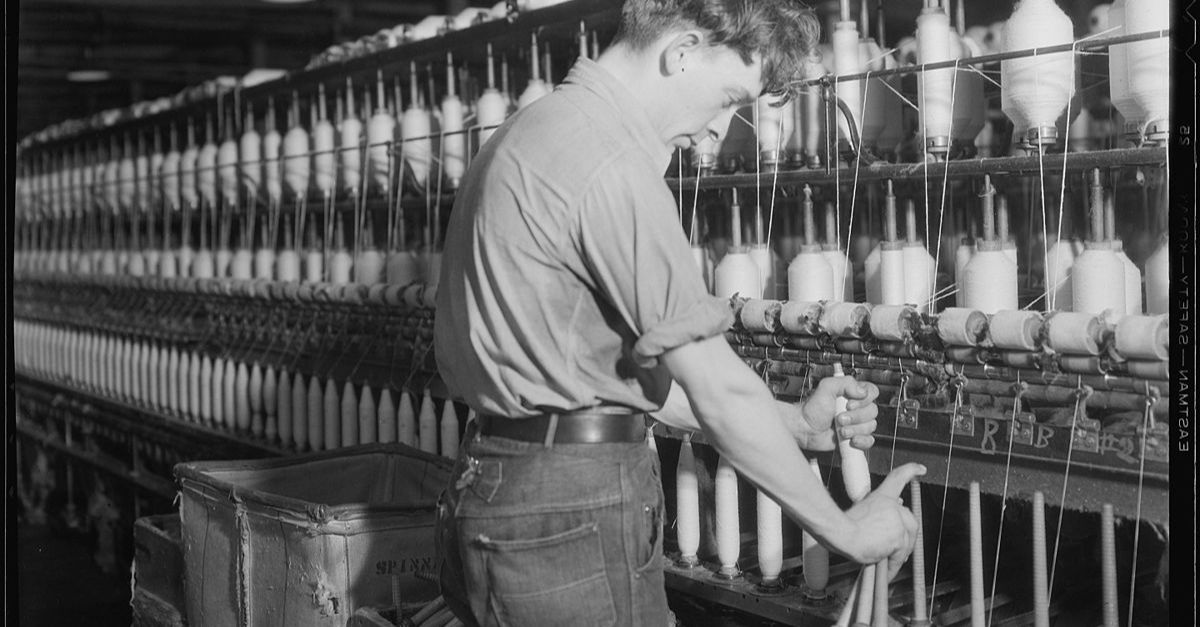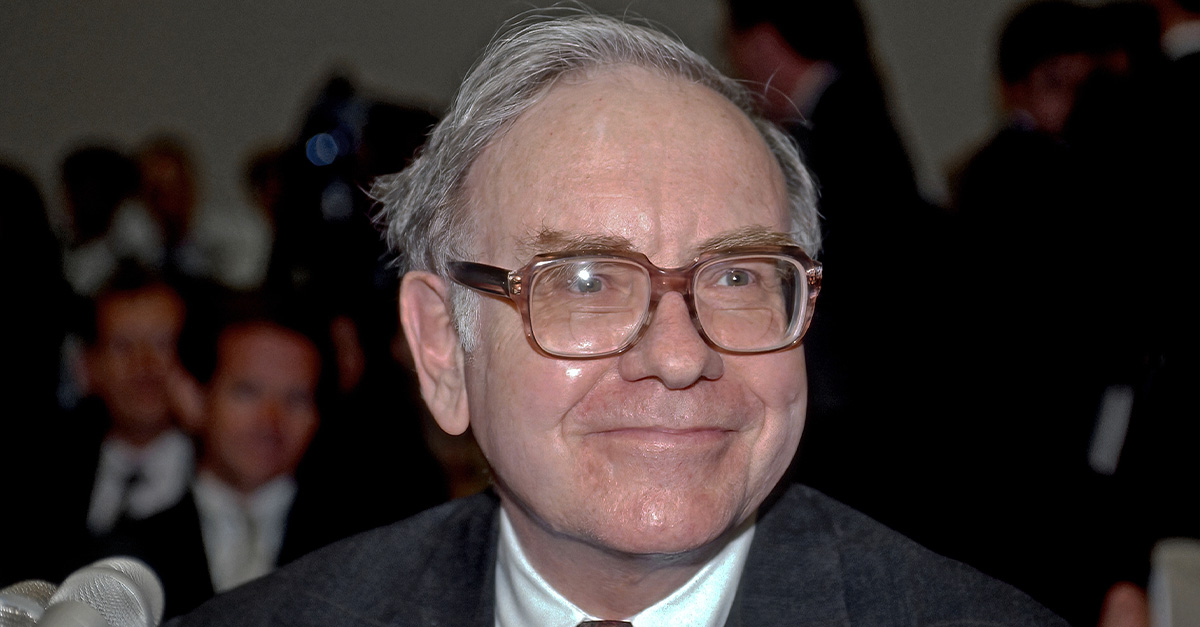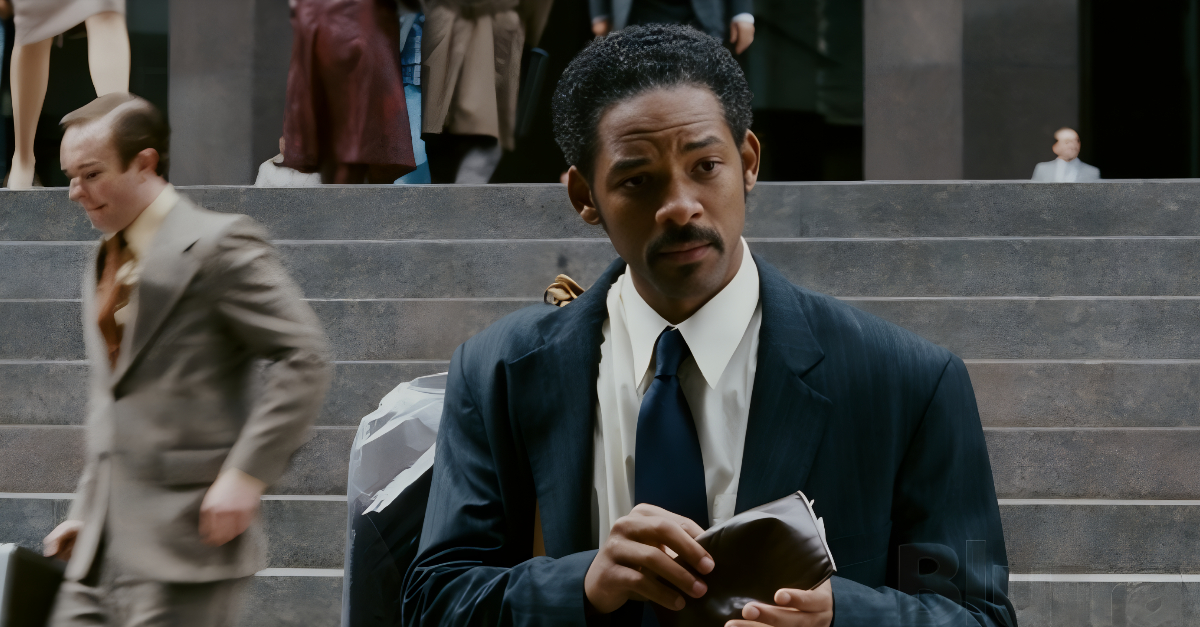Copper Gold Mine
Grandpa's old coin collection could hold a secret treasure because a handful of coins have become legendary in collecting circles. Some copper pieces have even broken bank accounts and records.
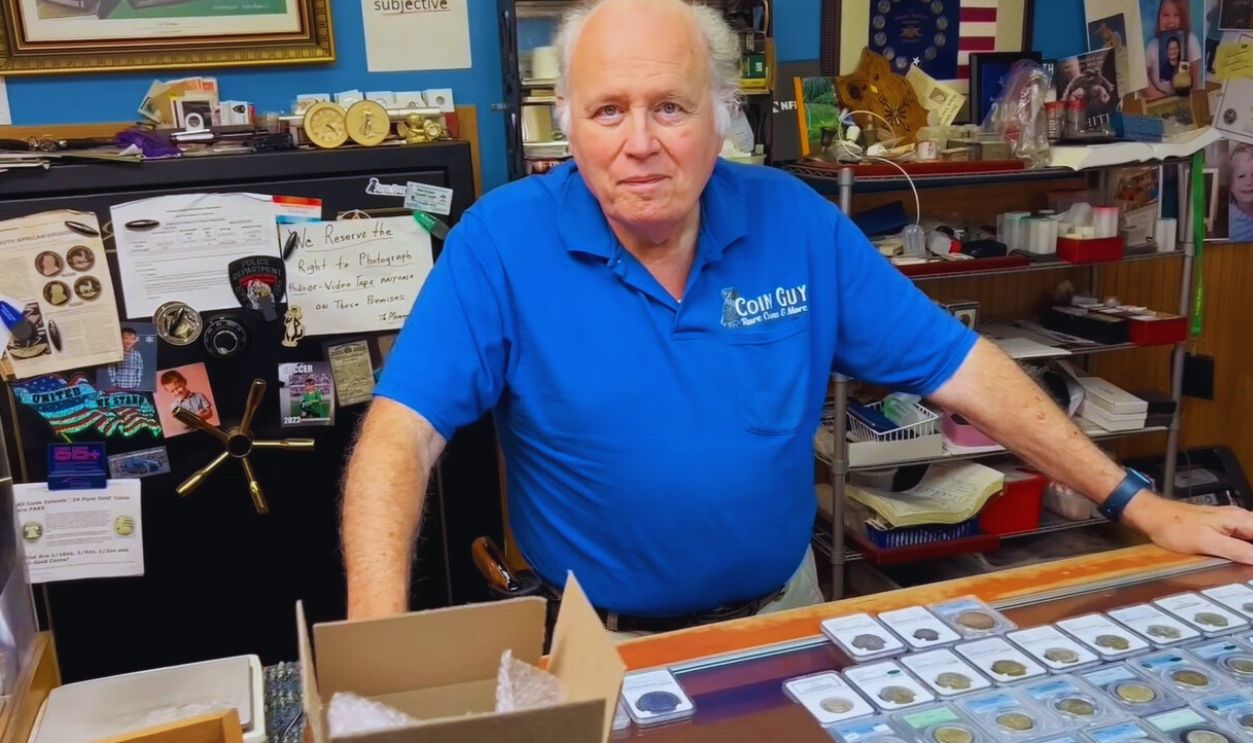
1943-D Lincoln Bronze Cent: $1.7 million
There is only one of this coin in existence, which makes it a treasure for penny collectors around the world. Because it's entirely unique, the coin holds a price tag of $1.7 million. Back during WWII, the US Mint stopped using copper and switched to zinc-coated steel.
 Limeparade, CC BY-SA 4.0, Wikimedia Commons
Limeparade, CC BY-SA 4.0, Wikimedia Commons
1943-D Lincoln Bronze Cent (Cont.)
This was to save copper for the war. Somehow, the lone bronze penny managed to get through at the Denver Mint. It survived in remarkable condition, graded MS-64BN by PCGS. Most other 1943 bronze cents show significant wear from circulation, but this Denver example remains pristine.
 Limeparade, CC BY-SA 4.0, Wikimedia Commons
Limeparade, CC BY-SA 4.0, Wikimedia Commons
1944-S Lincoln Steel Penny: $373,750
The interesting story behind American coins is shown in the 1944-S steel penny. Apparently, the steel cents from 1943 didn’t go over well because they rusted easily, but the Mint switched back to bronze in 1944. Luckily, two zinc-plated steel blanks ended up at the San Francisco Mint’s press.
 Professional Coin Grading Service, Wikimedia Commons
Professional Coin Grading Service, Wikimedia Commons
1872 Indian Head Penny: $126,500
The 1872 Indian Head Penny comes in two main types: the Shallow N and the Bold N, with the Shallow N being the harder one to find. The value of these pennies depends on their appearance. Coins in better condition, such as uncirculated or extremely fine, are highly valuable.
1872 Indian Head Penny (Cont.)
Exceptional strike quality and preservation combined to earn the PCGS MS-67 Red grading for the one that sold for $126,500 at auction. This 1872 penny is considered a semi-key date in the series. Many were melted down due to the March 3, 1871 Act.
1943-S Lincoln Cent On Bronze: $282,000
Extreme rarity often emerges from mundane mistakes. When the San Francisco Mint was tasked with producing steel pennies in 1943, a few leftover bronze planchets from 1942 made their way into the production line. The San Francisco version is scarce, with just six known examples.
 Limeparade, CC BY-SA 4.0, Wikimedia Commons
Limeparade, CC BY-SA 4.0, Wikimedia Commons
1943-S Lincoln Cent On Bronze (Cont.)
One penny sold for around $282,000, showing signs of wear. This suggests it circulated through everyday transactions before being trapped by an alert collector. This coin is listed among the "100 Greatest US Error Coins," highlighting its significance in numismatic history.
 Limeparade, CC BY-SA 4.0, Wikimedia Commons
Limeparade, CC BY-SA 4.0, Wikimedia Commons
1909 VDB Matte Proof Lincoln Penny: $258,500
A designer's pride and the government's response are the main themes of this penny story. The Lincoln Cent was drawn in 1909 by Victor David Brenner, who also included his initials "VDB" on the reverse. Collectors must be familiar with the common 1909-S VDB cent.
1909 VDB Matte Proof Lincoln Penny (Cont.)
But a matte proof version is far more uncommon. The Treasury Department wasn't a fan of the initials, so they told the mint to stop using them. After a century in careful storage, these coins have developed stunning rainbow toning, making them even more valuable.
 1909 Matte Proof Lincoln Cent PCGS PR66+RD Beautiful Colorful First Year MPL by
1909 Matte Proof Lincoln Cent PCGS PR66+RD Beautiful Colorful First Year MPL by
1856 Flying Eagle Cent: $172,500
Necessity drove the creation of what would become one of America's most valuable pennies. By 1856, the rising price of copper had made the large cent, which was nearly half-dollar sized, too expensive to produce, as it required more than a penny's worth of copper.
 Unknown Author, Wikimedia Commons
Unknown Author, Wikimedia Commons
1856 Flying Eagle Cent (Cont.)
The US Mint needed congressional approval to shrink the penny to its current size. So, they struck approximately 800 examples of the new Flying Eagle design as presentation pieces for lawmakers. These sample coins weren't intended for circulation but were created purely to demonstrate the proposed new format.
 US Mint (coin), National Numismatic Collection (photograph by Jaclyn Nash), Wikimedia Commons
US Mint (coin), National Numismatic Collection (photograph by Jaclyn Nash), Wikimedia Commons
1943 Lincoln Cent On Bronze: $164,500
While millions of steel pennies were produced in 1943 to conserve copper for military equipment, a handful of bronze planchets from 1942 remained in the presses at the Philadelphia Mint. Numismatic experts believe these leftover planchets may have been lodged in tote bins or stuck on conveyor belts.
 Limeparade, CC BY-SA 4.0, Wikimedia Commons
Limeparade, CC BY-SA 4.0, Wikimedia Commons
1943 Lincoln Cent On Bronze (Cont.)
This was before it was dislodged and fed into the coining press along with the steel blanks. The piece that was bought for $164,500 is considered special because of its uncirculated condition and the original copper-red color that was graded MS-63 Red.
 Limeparade, CC BY-SA 4.0, Wikimedia Commons
Limeparade, CC BY-SA 4.0, Wikimedia Commons
1864 Indian Head Penny With "L": $161,000
Chief Engraver James B. Longacre designed the Indian Head penny series in 1859. However, it wasn't until halfway through the 1864 production that he added his initial "L" to the design. This was placed by him on the ribbon in Lady Liberty's headdress.
 RARE 1864 WITH L INDIAN HEAD WHEAT PENNY TO LOOK FOR. PENNIES WORTH MONEY!! by BBCOINSINC
RARE 1864 WITH L INDIAN HEAD WHEAT PENNY TO LOOK FOR. PENNIES WORTH MONEY!! by BBCOINSINC
1864 Indian Head Penny With "L" (Cont.)
Since few people could afford to collect coins due to the war's economic struggles, well-preserved coins are extremely uncommon today. As per reports, approximately 5 million of these "L" variety pennies were minted, but most entered circulation and became worn.
 RARE 1864 WITH L INDIAN HEAD WHEAT PENNY TO LOOK FOR. PENNIES WORTH MONEY!! by BBCOINSINC
RARE 1864 WITH L INDIAN HEAD WHEAT PENNY TO LOOK FOR. PENNIES WORTH MONEY!! by BBCOINSINC
1914-D Lincoln Penny: $152,750
In the 1930s and 40s, collecting coins from circulation using "penny boards" became a popular hobby. The 1914-D was one of the key dates everyone searched for. Despite having a mintage of over 1.1 million coins, very few were saved in uncirculated condition.
 Did we FIND A Fake 1914-D Lincoln in this PCGS ORDER? (Before The Grade) by Acousha Collectibles
Did we FIND A Fake 1914-D Lincoln in this PCGS ORDER? (Before The Grade) by Acousha Collectibles
1914-D Lincoln Penny (Cont.)
This was because of the Denver Mint's remote location and limited collector interest at the time of issue. That $152,750 piece was an extraordinary MS-66+ Red grade, as it virtually showed no contact marks and had full original mint luster.
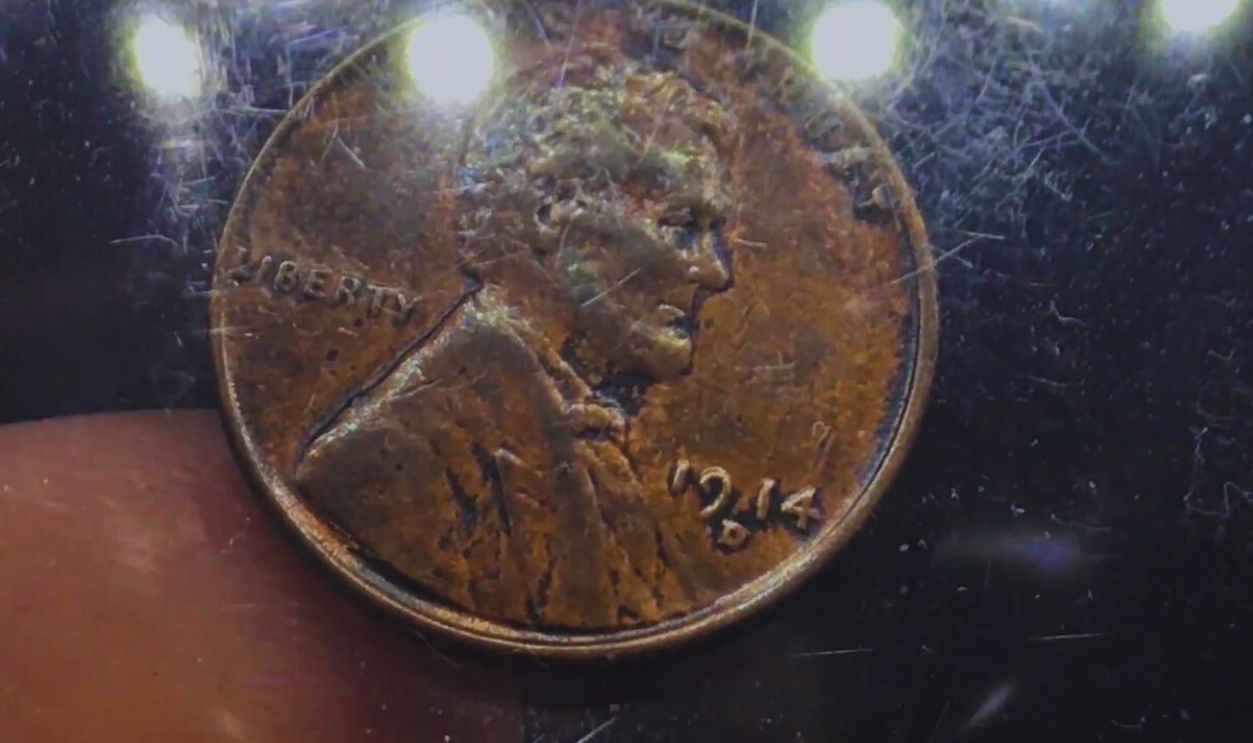 Did we FIND A Fake 1914-D Lincoln in this PCGS ORDER? (Before The Grade) by Acousha Collectibles
Did we FIND A Fake 1914-D Lincoln in this PCGS ORDER? (Before The Grade) by Acousha Collectibles
1877 Indian Head Penny: $149,500
Economic depression crafted this coin’s scarcity long before collectors recognized its value. The coin that was auctioned for $149,500 surely has an incredible story behind it. Graded PCGS MS-66 Red still has its original copper color after almost 150 years.
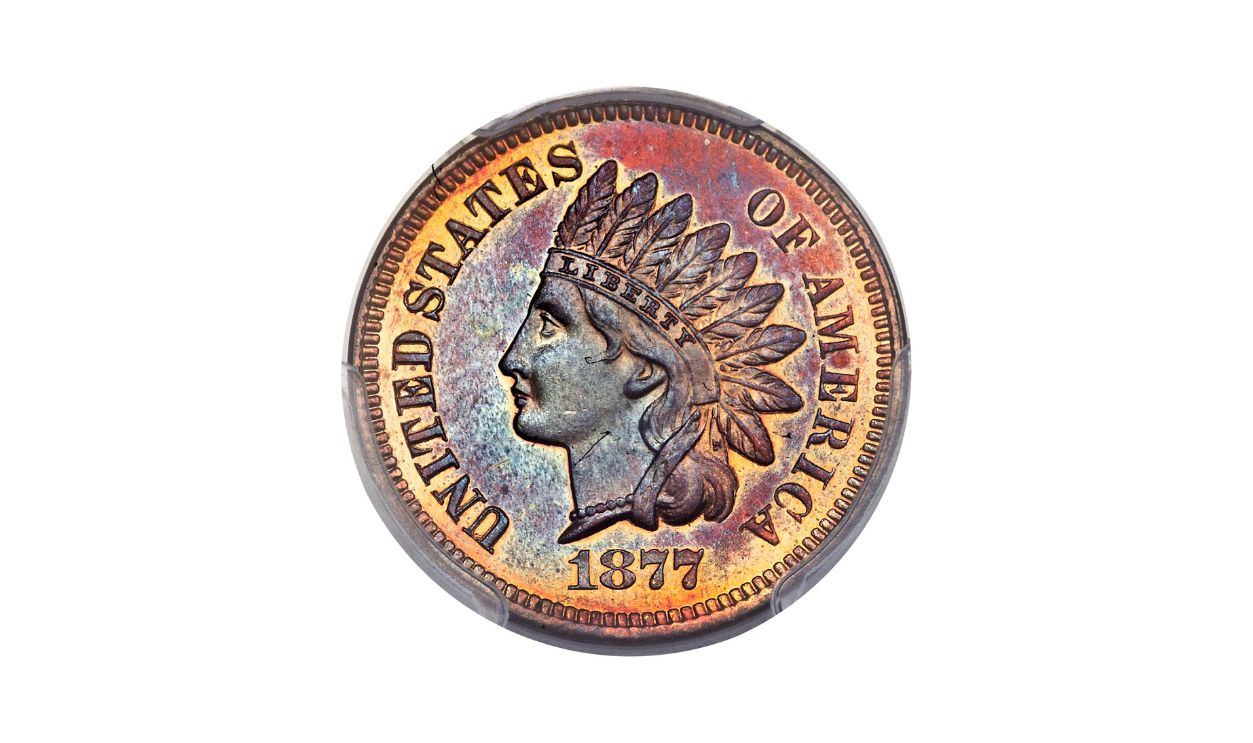 Image courtesy of Heritage Auctions, Wikimedia Commons
Image courtesy of Heritage Auctions, Wikimedia Commons
1877 Indian Head Penny (Cont.)
Apparently, the Panic of 1873 triggered a prolonged economic downturn that reduced demand for coinage. This led the Philadelphia Mint to strike only around 852,500 Indian Head cents in 1877. It was the lowest mintage of the series except for the 1909-S.
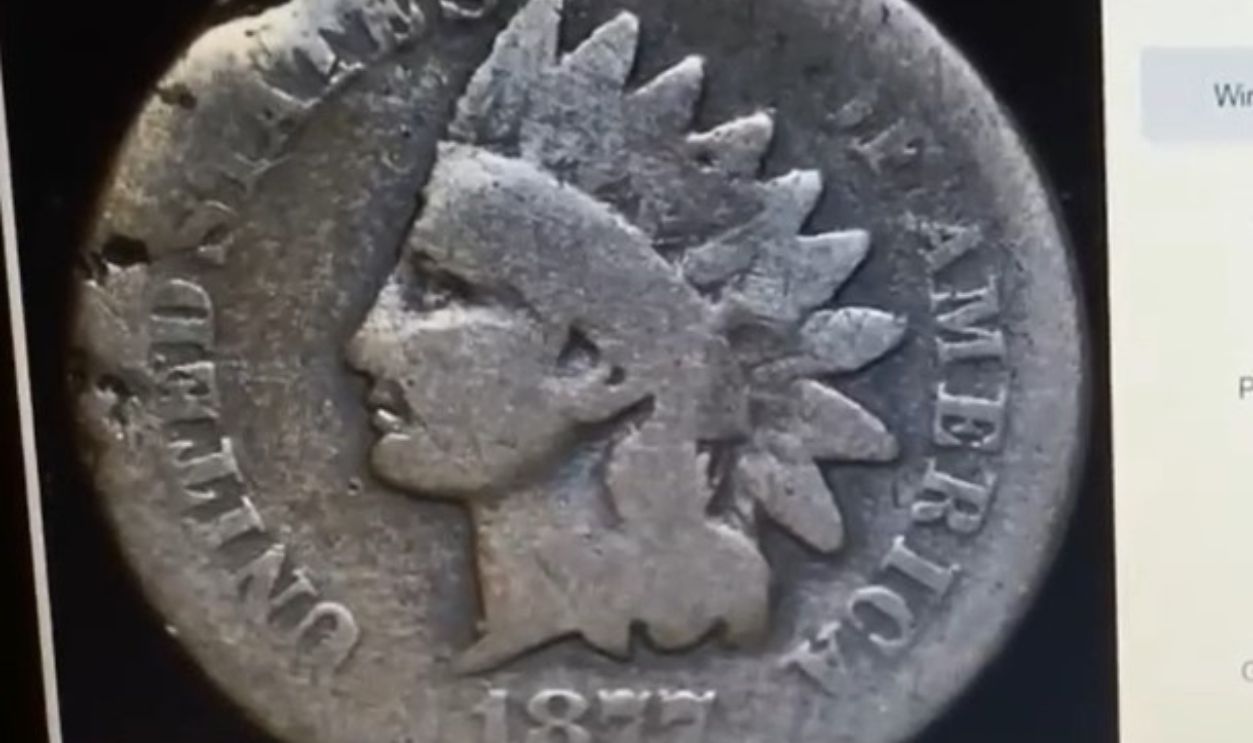 1877 INDIAN HEAD PENNY SELLS FOR $256!! VIEWER HAS ONE! by BBCOINSINC
1877 INDIAN HEAD PENNY SELLS FOR $256!! VIEWER HAS ONE! by BBCOINSINC
1926-S Lincoln Penny: $149,500
With a mintage of only 4.5 million, here we have a piece that represents one of the lowest production runs of any Lincoln cent. But what truly lifts its status in numismatic circles is the preservation of examples like the one that went for $149,500.
1926-S Lincoln Penny (Cont.)
Graded PCGS MS-65 Red, it has maintained its original copper-red luster despite being nearly a century old. In the 1920s, most coin collectors lived in the eastern United States and obtained their specimens directly from the Philadelphia Mint, ignoring the San Francisco issues.
1969-S Doubled Die Obverse: $126,500
When examples first appeared in 1970, Treasury officials believed they were dealing with cleverly made fakes rather than genuine minting errors. Coin World broke the story on July 8, 1970, but by then, government agents had confiscated and destroyed five specimens before acknowledging their authenticity.
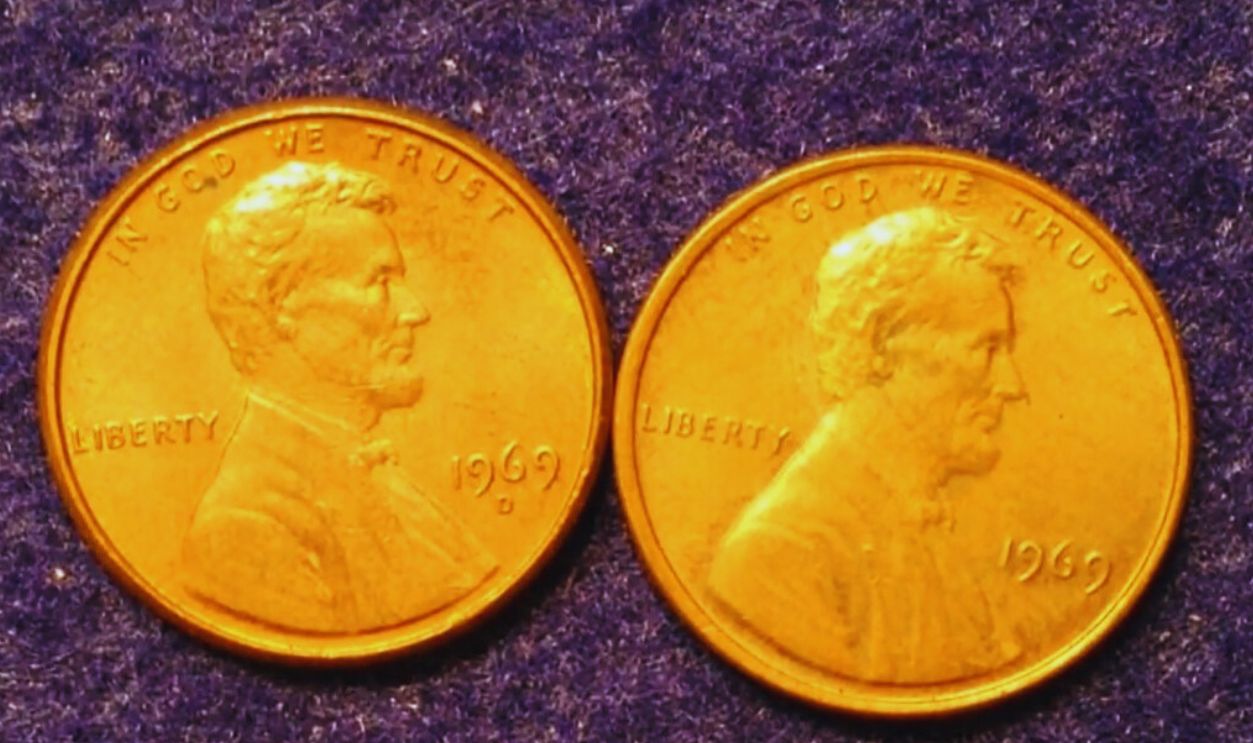 1969-S Double Die Obverse Lincoln Penny- A Valuable Error Coin by BigDCoins
1969-S Double Die Obverse Lincoln Penny- A Valuable Error Coin by BigDCoins
1969-S Doubled Die Obverse (Cont.)
Under magnification, the doubling on the date and lettering is unmistakable, though not as pronounced as on the famous 1955 doubled die. Most 1969-S doubled die cents were spotted only after spending time in circulation, which makes uncirculated examples quite rare.
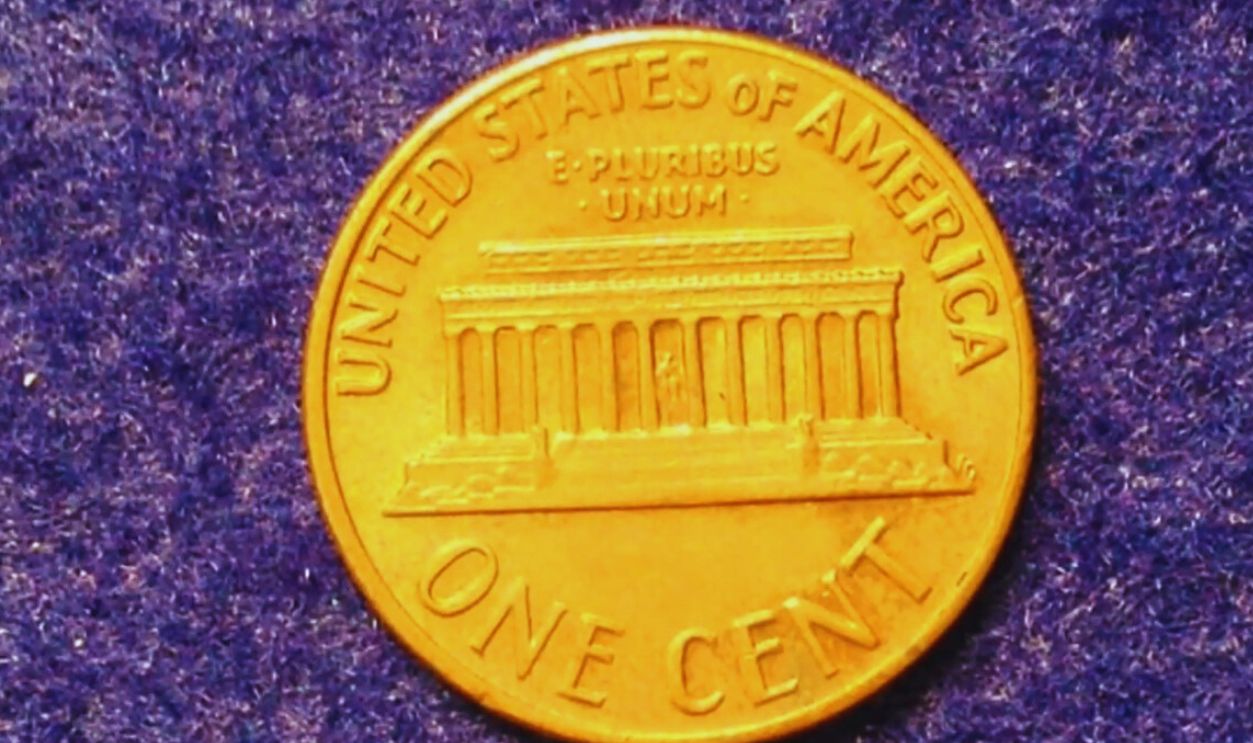 1969-S Double Die Obverse Lincoln Penny- A Valuable Error Coin by BigDCoins
1969-S Double Die Obverse Lincoln Penny- A Valuable Error Coin by BigDCoins
1969-S Doubled Die Obverse (Cont.)
The coin features a doubled image on the obverse (front) side, caused by a misalignment during the hubbing process. This results in strong doubling on the date, "LIBERTY," and "IN GOD WE TRUST," but not on the mintmark "S," which was punched separately.
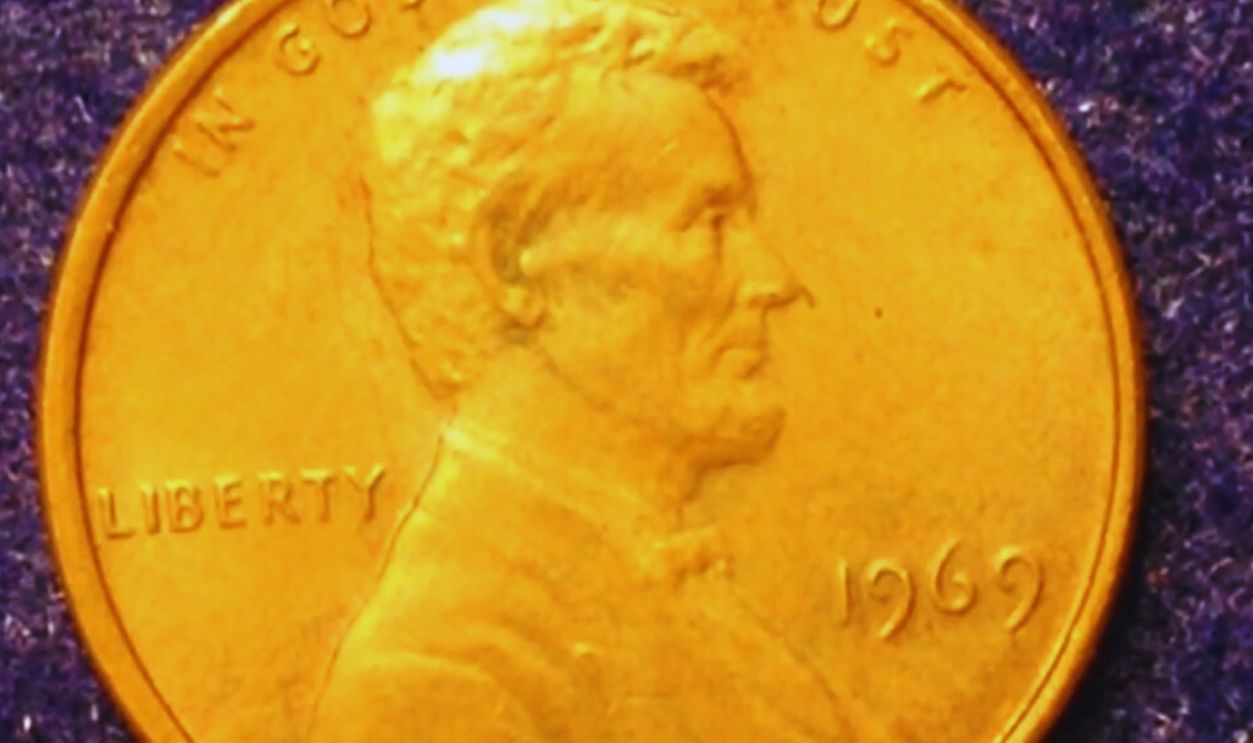 1969-S Double Die Obverse Lincoln Penny- A Valuable Error Coin by BigDCoins
1969-S Double Die Obverse Lincoln Penny- A Valuable Error Coin by BigDCoins





